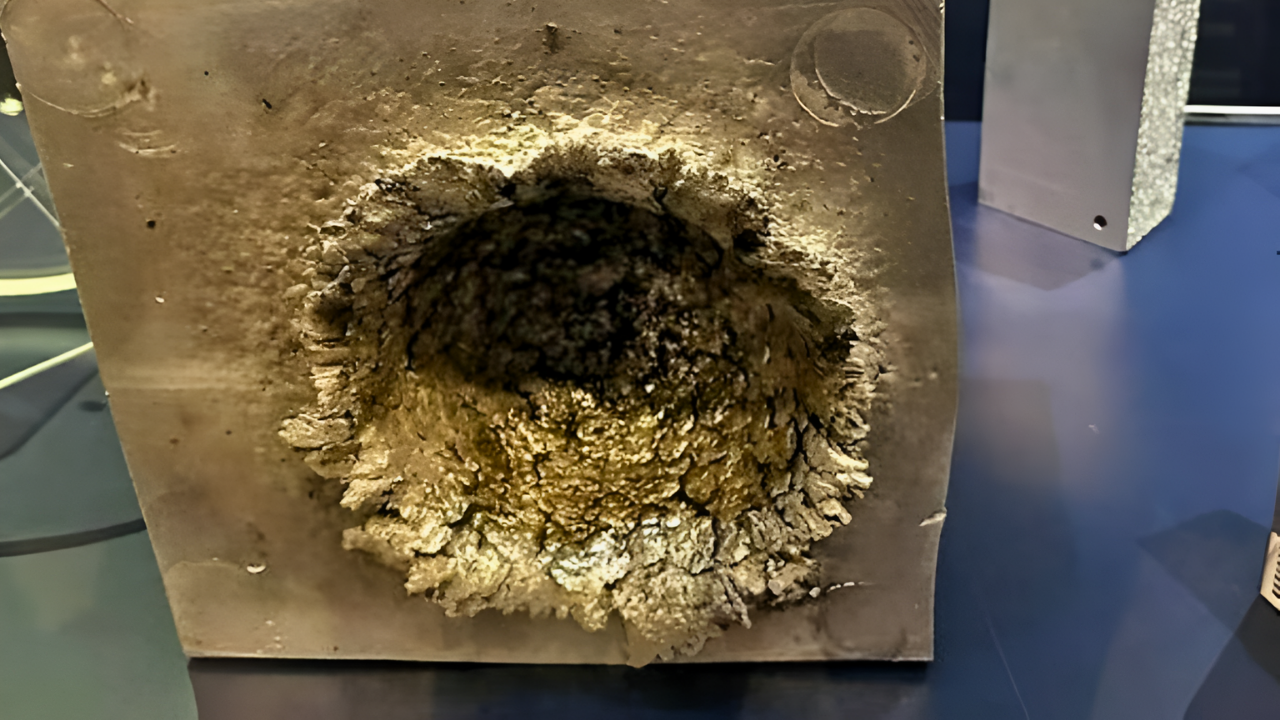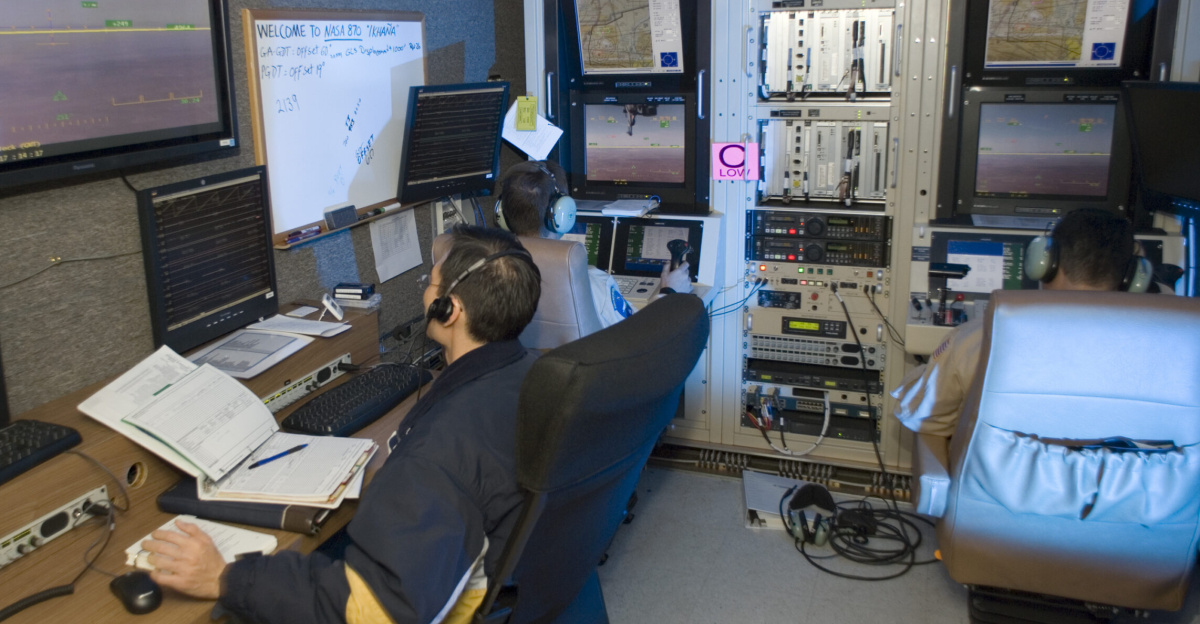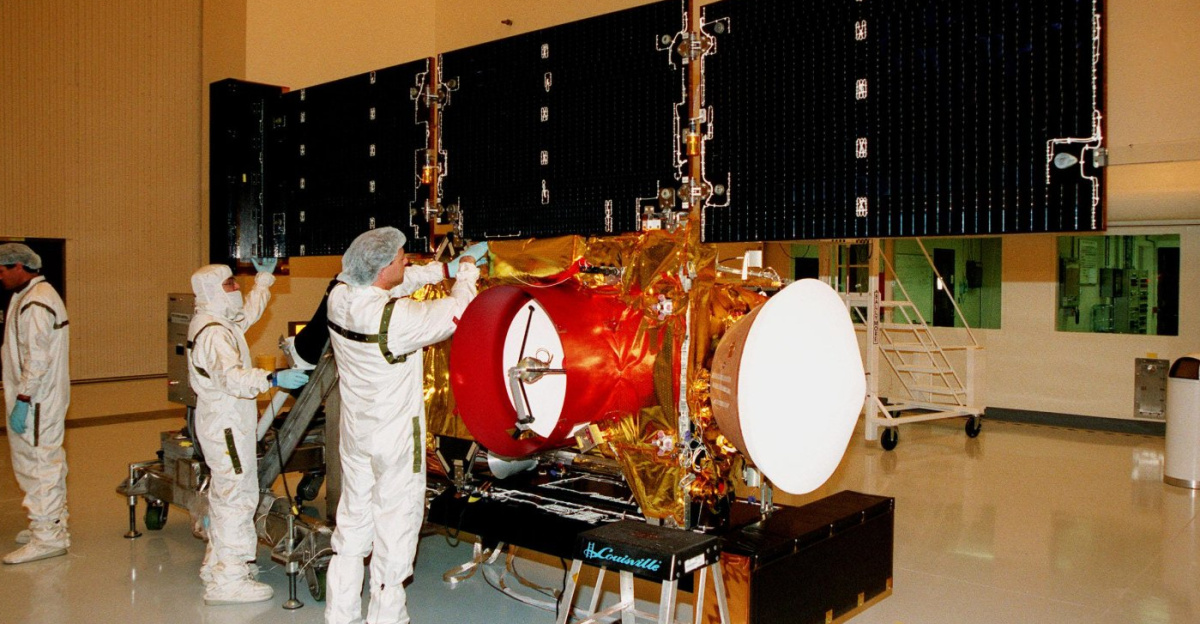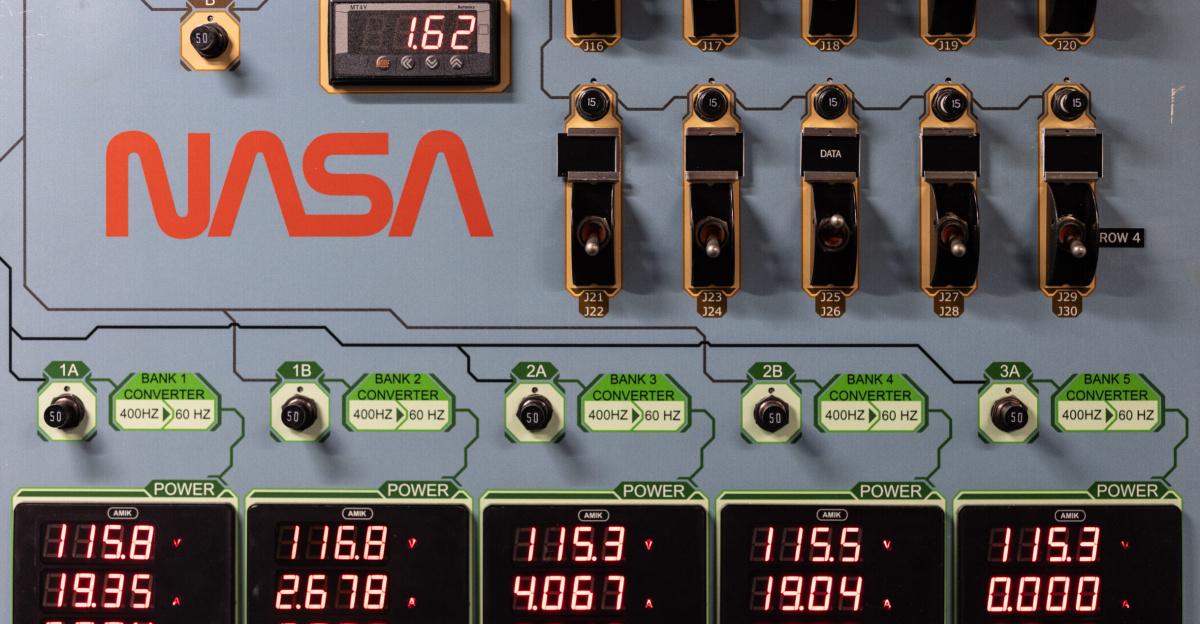
Something struck NASA’s Stardust spacecraft at a speed that defied all expectations—an object moving at nearly 13,650 miles per hour, or Mach 19. The collision, recorded by the probe’s sensors, was unlike any previously encountered in space exploration. This extraordinary event not only rattled the spacecraft but also challenged scientists’ understanding of the dangers lurking in deep space.
A Mission to Catch a Comet’s Secrets

Launched in February 1999, Stardust embarked on a pioneering journey to Comet Wild 2. Its mission: to collect dust particles from the comet’s coma and return them to Earth for analysis. The challenge was immense. These particles travel at hypersonic speeds, and capturing them intact required innovative engineering. NASA equipped Stardust with a collector made of aerogel—a material so light it is nearly invisible, yet strong enough to slow down and trap particles moving faster than bullets. The collector, about the size of a tennis racket, was designed to preserve the delicate structure of each grain, offering scientists a rare glimpse into the building blocks of the early solar system.
The Hypersonic Encounter
On January 2, 2004, Stardust closed in on Wild 2, passing just 236 kilometers from the comet’s nucleus. The spacecraft’s relative velocity was 6.5 kilometers per second, exposing it to a relentless barrage of dust and debris. As the probe sped through the comet’s environment, its sensors recorded a rapid succession of impacts—each one a tiny fragment of ancient cosmic material slamming into the spacecraft at hypersonic speeds. But one collision stood out. The impact that registered at Mach 19 sent a jolt through Stardust’s instruments, producing data that far exceeded mission planners’ predictions. The energy and velocity of the strike suggested the object was not a typical micrometeoroid, raising questions about its origin and composition.
Aerogel: The Space Age Catcher’s Mitt

Central to Stardust’s success was its use of aerogel, a silica-based material composed of 99.8% air. When high-speed particles collided with the aerogel, they left behind distinctive carrot-shaped tracks, allowing scientists to locate and extract each sample without destroying its fragile structure. This technology enabled the safe capture of material that had traveled through space for billions of years. Despite the violence of the encounter, Stardust’s robust design and the unique properties of aerogel ensured that the spacecraft remained operational and its precious cargo intact.
Return to Earth and Scientific Revelations

After completing its collection, Stardust faced the daunting task of returning its samples to Earth. The capsule carrying the comet dust had to survive a fiery reentry, with only a narrow margin for error. On January 15, 2006, the capsule streaked across the Utah sky and landed safely in the desert, marking the first time material from a comet had been brought back to Earth. Analysis of the samples yielded remarkable discoveries. Scientists identified glycine, an amino acid essential to life, preserved in the dust. The presence of this organic compound hinted at the possibility that the ingredients for life could have been delivered to Earth by comets. Further examination revealed high-temperature crystals, indicating that material from different regions of the early solar system had mixed together, challenging previous assumptions about the formation of planets and comets.
The Enduring Mystery and Its Implications

The identity of the object that struck Stardust at such extreme velocity remains unresolved. Was it a rogue grain from Wild 2, or something even more exotic—perhaps an interstellar particle passing through the solar system? The data from this encounter continue to inform spacecraft design, as engineers study the event to improve shielding for future missions. Stardust’s journey, and the mystery of the Mach 19 impact, serve as a reminder of the unpredictable hazards of space and the enduring secrets it holds. As scientists analyze the returned samples and the data from Stardust’s sensors, the mission stands as a testament to human ingenuity and the relentless quest to understand our cosmic origins.